Determining importance is a vital reading strategy for scholarly readers. Before reading today, we walked our way through the story mountain (plot diagram) Chu Ju has traveled so far, identifying key events in the text. As we reflected on each one, we considered how each event impacted Chu Ju. Some events were more significant than others in terms of affecting Chu Ju’s development as a person and problem solver.
As we read our self-selected texts or reflect on our own lives, it is valuable to think about how events touch or transform. Some events are just everyday happenings that don’t really impact or influence us or our characters, other events, though, can be both impactful and influential. Often, taking time to think about this can enable us to predict how we or characters we encounter might behave moving forward and inspire action.
Continuing our inquiry into multiplication, we looked at classifying numbers as either prime or composite. Using multiple sources in the room and our understanding of factors, we were able to create a comprehensive list of prime and composite numbers and justify our classifications with evidence.
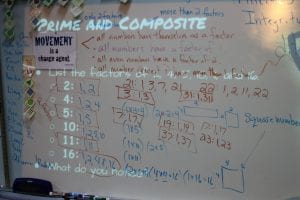
Try it: Math is Fun
Mid-morning, we paused our work with prime numbers to pose for pictures. Secret agents, in number order, filed quickly in front of the camera and sat with a smile. Those behind the lens were both polite and patient, making it easy for our guest photographer to capture each image. While we had an hour-long slot on the schedule, we set a goal of getting through everyone in 30 minutes, so we could get to recess on time. We managed to beat our goal with 10 minutes to spare. Being patient and principled allowed us to complete out pictures in record time! Impressive!
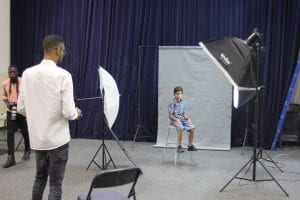

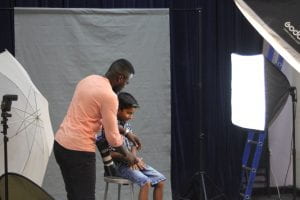
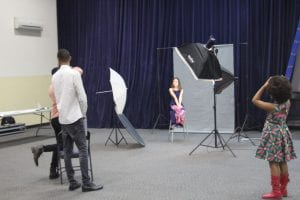
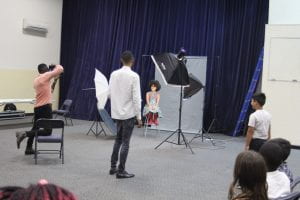
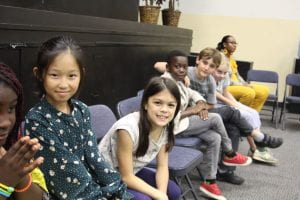

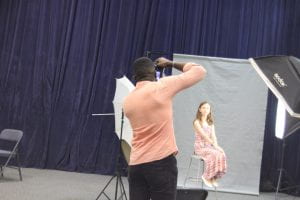

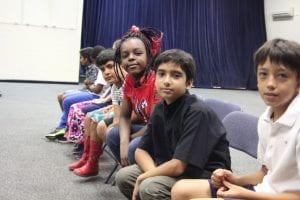
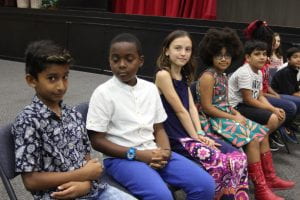
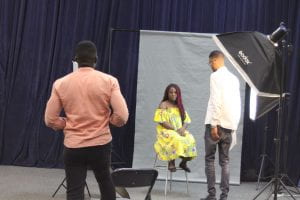
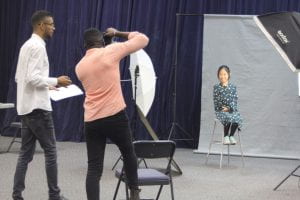
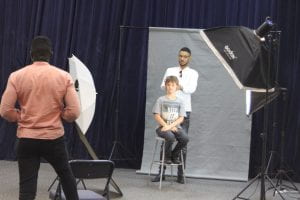
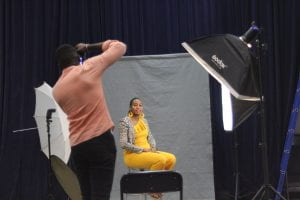
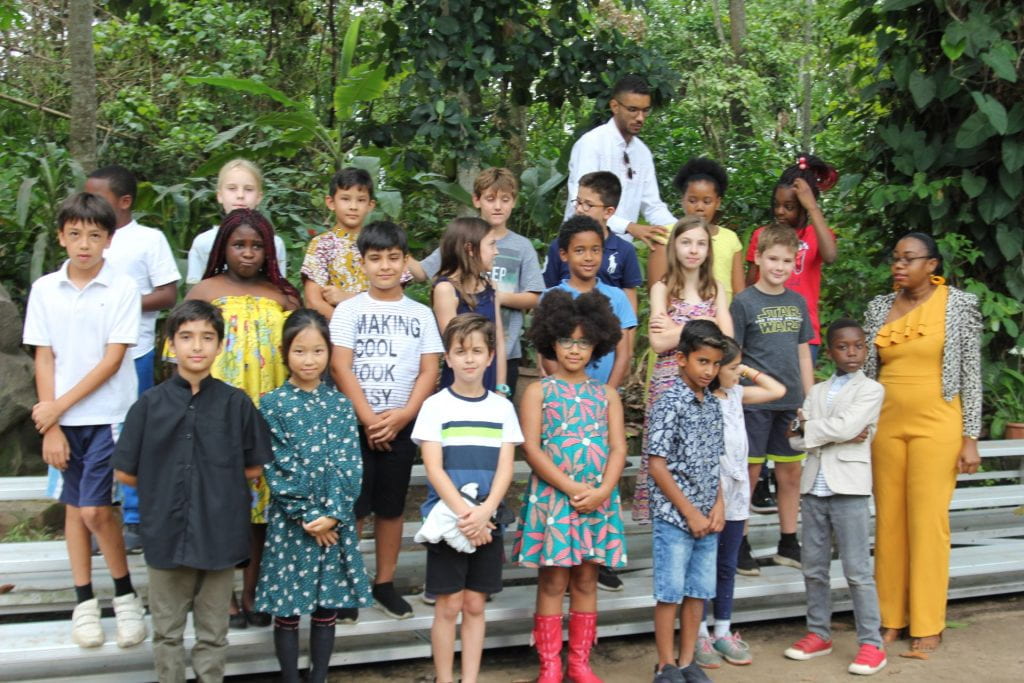
After art, we spent more time this afternoon tuning in to our topics. As was true with our inquiry into our text this morning, we examined (see) the images and determined importance, identifying details that caused us to think and wonder how they are connected to our central idea of movement as a change agent. Students had the choice to capture their thinking in a variety of visual ways, including an illustration or a web.
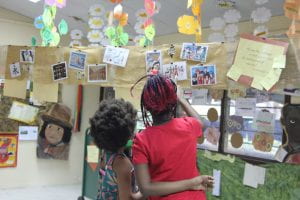
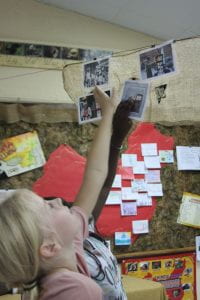
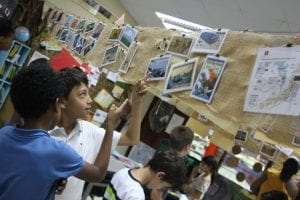
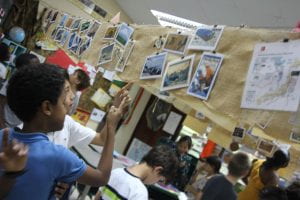
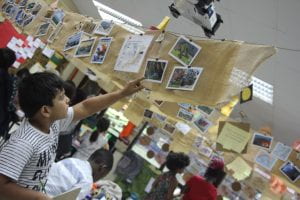
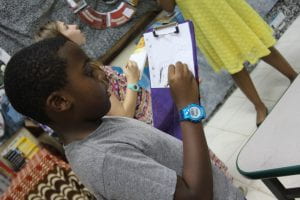
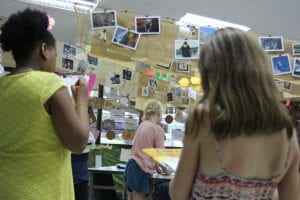

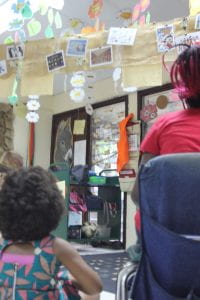
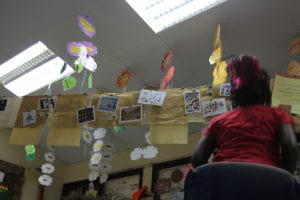
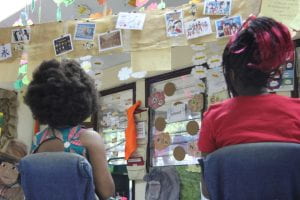
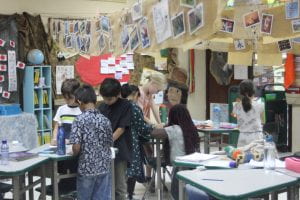
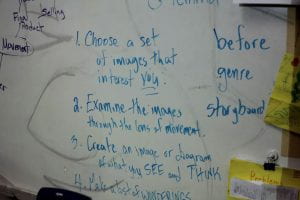
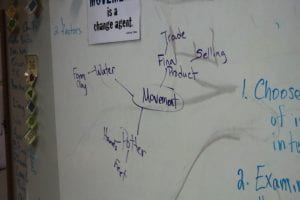
Multiple Sources
- Kite Flying in Japan
- Japanese Lantern Festivals
- Kabuki
- Important quote: “arguably most importantly, the exaggerated actions performed by actors. The highly-stylized movements serve to convey meaning to the audience.”
- Bowing
- Calligraphy
- Traditional Dance
- Fans
- Shinkansen: high-speed trains
- Kamishibai
- Ring of Fire
Weathering, Erosion, Deposition & Plate Tectonics
- Fast & Slow Processes
- *The Rock Cycle Processes
- Flocabulary: Types of Rocks
- Bill Nye: Erosion
- Tectonics and Volcanoes of Japan
- Plate Tectonics and Earthquake in Japan
Mrs. Rupp’s Inquiry
Image Inspiration
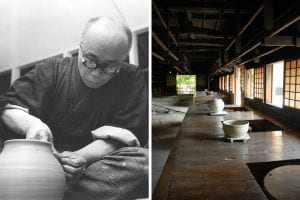

Tuning In
In order to tune in to the images of the Japanese potters hung in the classroom, I did a see, think, wonder visible thinking routine.
- See:
- a cylindrical shape
- a man placing his hands inside and outside of a vessel/pot
- a bucket with water
- a round/circular base/wheel
- a grey material
- Think
- the base / wheel is spinning
- the man is moving his hands to change the shape
- the man is very skilled and patient
- pottery requires special movement of the hands and body
- Wonder:
- How is clay made?
- Where does the clay come from?
- What kinds of movements affect the shape of the pot?
- How does water affect the process of making pottery?
- What happens when the pot is finished?
Finding Out
In order to find out more about movement as a change agent, I am going to use the following resources to gather information.
Multiple Sources
- Encyclopedia Britannica: Japanese Pottery
- Britannica School: Japanese Pottery
- Encyclopedia Britannica: Porcelain
- Encyclopedia Britannica: Clay
- Encyclopedia Britannica: Mud
- Izumiyama Quarry
- Arita and Imari Porcelain
- How to Make Clay from Indigenous Soil
- Wikipedia: Clay
- Clay
